South Australia already has 75% solar and wind electricity averaged over a year. It has no coal, hydro or nuclear, and is joined to the eastern states with skinny interconnections. South Australia is tracking towards 100% in 2027 as more solar, wind, transmission and batteries are deployed.
The contribution from wind and solar in South Australia was recently above 100% almost continuously for three days. The grid remained stable. The chart shows wind (green), solar (yellow), gas (orange), batteries (blue) and imports (purple). Areas below the dotted zero line near the bottom are exports to eastern states.

Energy futures
The future of energy generation was a key issue in the recent Australian federal election. One vision was to continue with fossil fuels until a fleet of nuclear reactors could be constructed, while the other was to move to renewable energy. Renewables won decisively.
Australia generates more solar energy per capita than any other country and is in fourth place for combined per capita solar and wind generation. All other leading countries are in Europe and can share electricity, which helps to balance the grid.
Australia is an advanced economy that is physically isolated and must go it alone. It has no nuclear electricity; only a small amount of hydro generation; and it is located in low-mid latitudes where 80% of the global population resides. Australia is showing that managing the solar and wind energy transition is straightforward.
Australian electricity
The amount of solar and wind generation in Australia is doubling every five years. This reflects rapidly falling costs and the acquisition of vast experience in managing high levels of solar and wind. Other countries can take full advantage of this experience.

One third of Australian dwellings have rooftop solar. This is often coupled with the removal of all gas appliances in favor of electric heat pumps, electric hot water storage tanks, electric vehicles and home batteries. Together, these provide the cheapest, most resilient and least polluting domestic energy in history.
The Australian government policies are likely to achieve 82% renewable electricity in 2030. The primary mechanism is auctions for floor prices for solar and wind. Companies win auctions by bidding lower floor prices than competitors.
Long duration storage
The cost of long duration (50-200 hours) pumped hydro energy storage is falling as quickly as batteries. This is because far better site selection is possible via the Global Pumped Hydro Atlas. The Atlas identifies tens of thousands of superb off-river sites that provide 100-year-lifetime storage for $15-40/kWh (USD 10-25/kWh). These sites utilise very mature technology; require no new dams on significant rivers; and have minimal mining, land use, water use and environmental impact.
Snowy 2.0 in Australia will soon provide 350 GWh of storage, equivalent to 13 kWh per person. The all-in capital cost of $12 billion is equivalent to about $33/kWh.
Batteries with short-term storage coupled with long-duration low-power pumped hydro together solve energy storage. Long-duration pumped hydro energy storage can be traded against transmission when balancing solar and wind. More of one means that less of the other is required.
Decarbonization of electricity in Australia is proving to be straightforward. Grid analysts see no significant problems in moving to 75% solar and wind electricity by 2030, provided that new storage and transmission keep up. By 2030, the evidence for the efficacy of solar and wind will be overwhelming.
Decarbonization of ground transport, space and water heating, industrial heating, chemicals, and synthetic aviation fuels will double and triple electricity production, which can also be readily accommodated by solar and wind.
Authors: Prof Ricardo Rüther (UFSC), rruther@gmail.com; Prof Andrew Blakers /ANU, Andrew.blakers@anu.edu.au
ISES, the International Solar Energy Society is a UN-accredited membership NGO founded in 1954 working towards a world with 100% renewable energy for all, used efficiently and wisely.
The views and opinions expressed in this article are the author’s own, and do not necessarily reflect those held by pv magazine.
This content is protected by copyright and may not be reused. If you want to cooperate with us and would like to reuse some of our content, please contact: editors@pv-magazine.com.

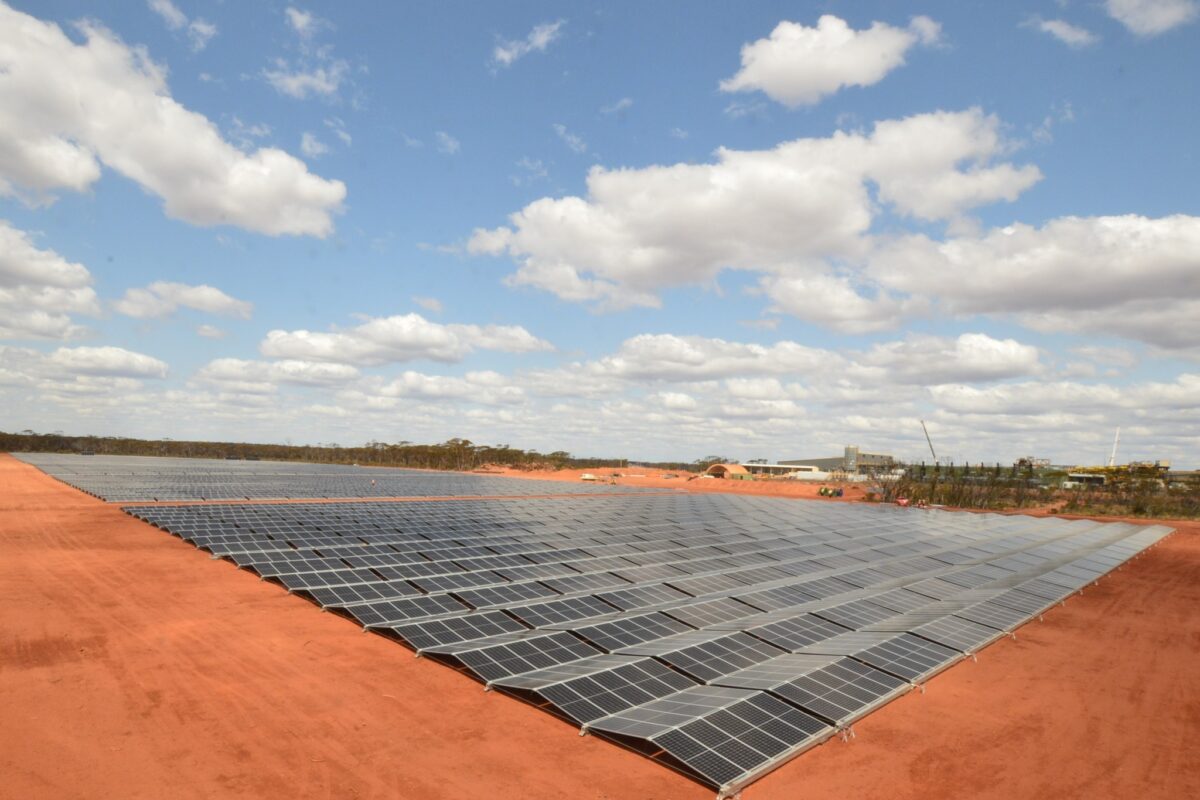

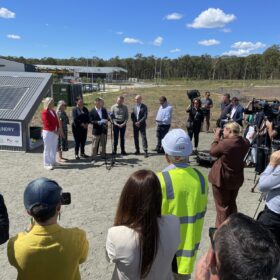
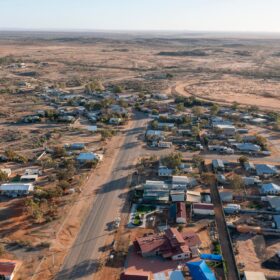
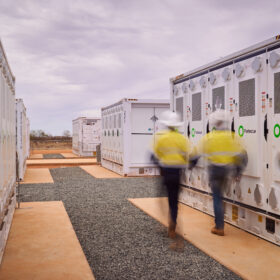
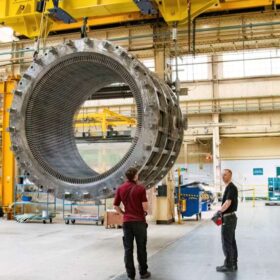

By submitting this form you agree to pv magazine using your data for the purposes of publishing your comment.
Your personal data will only be disclosed or otherwise transmitted to third parties for the purposes of spam filtering or if this is necessary for technical maintenance of the website. Any other transfer to third parties will not take place unless this is justified on the basis of applicable data protection regulations or if pv magazine is legally obliged to do so.
You may revoke this consent at any time with effect for the future, in which case your personal data will be deleted immediately. Otherwise, your data will be deleted if pv magazine has processed your request or the purpose of data storage is fulfilled.
Further information on data privacy can be found in our Data Protection Policy.